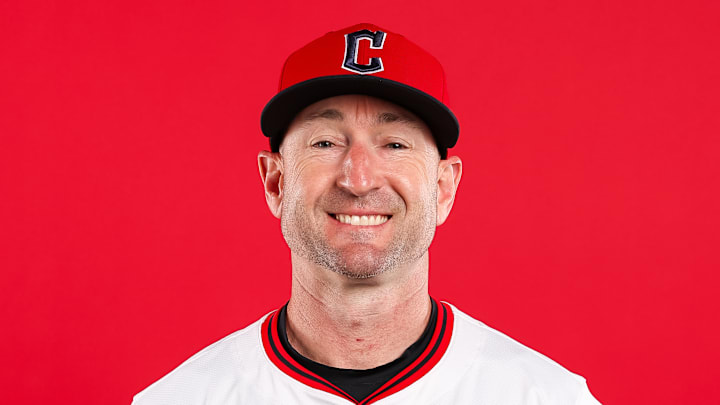The Orioles didn’t just hire a manager; they planted a flag. Bringing in Craig Albernaz says out loud what the front office has hinted at for a year: Baltimore wants an operating system that matches its talent. After a 75–87 step-back in 2025, the club needed more than a new voice. It needed a builder, someone fluent in modern run prevention, game planning, and player communication who can turn a gifted, underperforming core into a coherent brand of baseball. Albernaz checks those boxes because he’s lived inside organizations that do this well.
This is an identity play as much as it is a hire. Albernaz arrives at 42, one of MLB’s youngest managers. He’s carrying the habits of the Rays, Giants, and Guardians: relentless preparation, targeted development, and a crisp in-game process. That blend should show up in margins that the Orioles too often ceded last year. But Baltimore’s ceiling doesn’t change overnight; its pathway to reaching it does.
Craig Albernaz hire signals Orioles’ shift to a modern playbook
Albernaz’s résumé reads like a modern baseball apprenticeship. With Cleveland (2024–2025), he served as associate manager under Stephen Vogt, helping steer a club that punched above its payroll to back-to-back postseason trips. In San Francisco (2020–2023), he worked as bullpen and catching coach, where he helped program the club’s PitchCom system, matchup mapping, and staff maintenance. And before all that, he cut his teeth with Tampa Bay (2015–2019), winning Midwest League Manager of the Year in 2018 after guiding a Single-A club to a title, proof that he can translate big ideas to young players in real time.
The search reflected how he’s perceived around the league. Multiple teams kicked the tires, which tracks with a profile that blends credibility with upside. The Orioles prioritized that combination, especially the “people” part. As ESPN’s Jeff Passan has noted, Albernaz’s calling card is connection. For a roster built on homegrown stars and recent call-ups, that matters. The difference between good and great in 2026 won’t just be swing paths or spin shapes; it’ll be whether the message lands and sticks.
That’s the job in Baltimore: unlock the young core again. Gunnar Henderson and Adley Rutschman are thought to be franchise pillars who regressed in 2025; turning their dials back to “impact” is step one. Around them, the task is to turn promising into bankable: crisper defense, more traffic-creating at-bats, and a bullpen usage tree that reduces the “hold your breath” innings that flipped too many games last year.
Culturally, the bet is that Albernaz’s dugout will feel aligned and accountable. The Rays' pedigree tends to show up in specificity, roles defined, communication clear, and no wasted outs. The Giants chapter adds adaptability; their best teams won by solving the day right in front of them. The Guardians' stint brings a development-first lens and a knack for squeezing extra value from the middle of the roster. Put that together and you have a template the Orioles can grow into, not flashy, but efficient, repeatable, and hard to knock off course.
There’s nothing automatic about a turnaround, but there is a method. If Albernaz installs the habits he’s known for, Baltimore’s “strong but underperforming” label should be short-lived.
